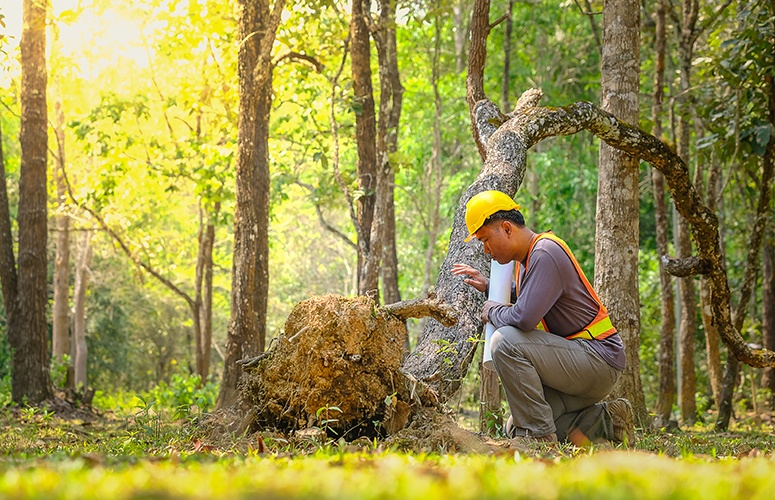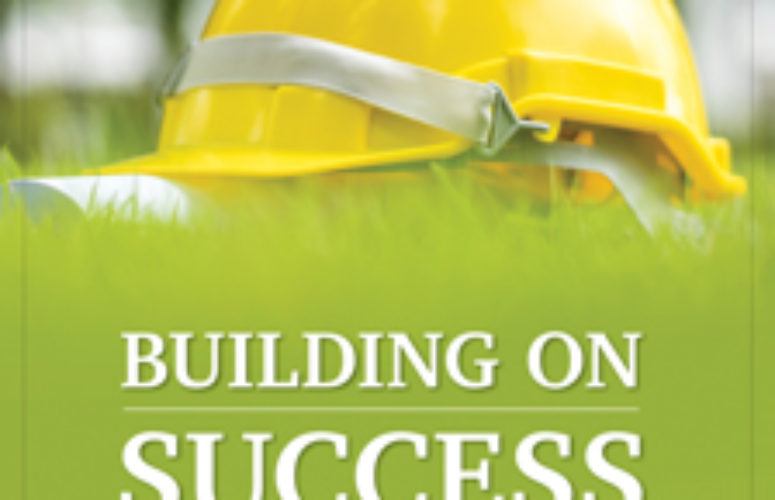
New Requirements Affect Use of Fill in Site Development
By William Silverstein, P.E., LSRP, GEI Consultants On Mar 22, 2022The drive for sustainable site development in the face of climate change and recent NJDEP regulatory initiatives are leading to a scramble for fill needed to raise development sites above the 500-year flood elevation.
Revised flood maps prepared post-Superstorm Sandy have increased the elevation target and the extent of mapped flood areas. More recently, New Jersey “Protecting Against Climate Threats” reforms, including “Resilient Environments and Landscapes” rulemaking, will lead to increased use of fill in resilient site development.
In an October 2021 guidance document, which included LSRPA participation in the stakeholder process, NJDEP provided LSRPs and their clients with more options for the sustainable reuse of “alternative fill” in the redevelopment and cleanup of brownfields and other remediation sites.
However, there is a significant catch. Current NJDEP policy requires NJDEP pre-approval for use of alternative fill above existing site grade. This has the potential to require large quantities of “clean fill” to elevate site grades to climate-resilient elevations where alternative fill could otherwise be safely employed.
The growing need for fill has spurred some companies to provide fill falsely identified as clean fill. In response, the New Jersey Legislature amended the A-901 license requirements for companies providing fill to require more stringent background checks.
The 2019 amendment, called the “Dirty Dirt” law, brings businesses who engage in soil and fill recycling services (including brokering, transportation and processing) into a similar regulatory scheme, and expands the definition of a broker.
Implementing regulations have not yet been promulgated. However, some key deadlines have already passed. Businesses engaged in soil and fill recycling services had to file a notice by October 14, 2021 or cease engaging in newly regulated activities by January 13, 2022. Businesses that filed a timely notice must submit a full A-901 application by April 15, 2022.
With key deadlines already in the past, all generators and users of fill should pay attention to the source of fill material and the sometimes competing regulatory initiatives controlling the world of fill.
To access more business news, visit NJB News Now.






